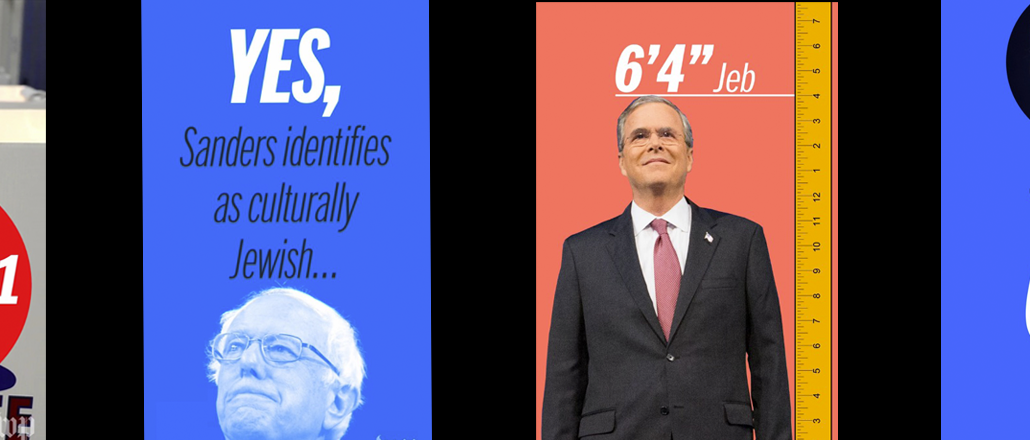Save 50% on a 3-month Digiday+ membership. Ends Dec 5.

The future of video at The Washington Post is short, mobile and increasingly vertical.
On Monday, the Post published a minute-long vertical video about the importance of Super Tuesday, which was told with animated graphics and meant to be watched with the sound off. The video, produced by politics video editor Sarah Parnass, is the latest in a series of “Know Its,” the Post’s name for its vertical video explainers. Previous entries have focused on aspects of the presidential election (“What to expect in the New Hampshire primary”) and frequently Googled questions about the candidates (“How tall is Jeb Bush?” and “What is Donald Trump’s net worth?”). The format is reminiscent of the vertical videos from many of the publishers on Snapchat Discover, including Vox and The Wall Street Journal, which are similarly heavy on animation.
The Washington Post’s other efforts around vertical video have been more ambitious. In January, it published “The Waypoint,” a mobile-optimized documentary focused on refugees braving a dangerous journey into Europe. The Washington Post also launched its own vertical video player last fall.
Vertical video is a small but increasingly core part of The Washington Post’s video operation. Out of the hundreds of videos it produces each month, around six are vertical. But Micah Gelman, Washington Post director of editorial video, said that the newspaper’s growing investment in vertical video is one of the many ways it’s thinking more critically about how it creates video for specific form factors and platforms.
“We’re trying to tell stories that are platform specific rather than creating one video and expecting it to work everywhere,” said Gelman. “User behavior has changed, so we have to be more adaptable to that.”
What you need to know about Super Tuesday:https://t.co/BNGtjknOOk
— Washington Post (@washingtonpost) February 29, 2016
The Post’s video strategy has shifted over the past six months. Since deep-sixing its “PostTV” brand last fall and shifting away from television-style and long-form video, it has adopted a video strategy built on news explainers, aggregation and live coverage. Its metabolism has also increased, with its 40-person team producing around 60 videos a day. “We’re not doing mini-documentaries. We never found a home for that on Washington Post. It didn’t match what the rest of the paper was doing,” said Gelman.
But while the Post is bullish on the future on vertical video, its advertisers have been slow to follow. Vertical videos on the Post’s Web video player are preceded by standard horizontal pre-roll ads, which doesn’t make for a very seamless transition. Gelman said that brand interest is low so far but predicted that won’t be long before more brands get on board.
Ad position: web_incontent_pos1
“Us old guys lost the ability to get people to turn their phones sideways to watch videos. That’s too hard. Why fight it?” he said.
More in Media

What publishers are wishing for this holiday season: End AI scraping and determine AI-powered audience value
Publishers want a fair, structured, regulated AI environment and they also want to define what the next decade of audience metrics looks like.

Digiday+ Research Subscription Index 2025: Subscription strategies from Bloomberg, The New York Times, Vox and others
Digiday’s third annual Subscription Index examines and measures publishers’ subscription strategies to identify common approaches and key tactics among Bloomberg, The New York Times, Vox and others.

From lawsuits to lobbying: How publishers are fighting AI
We may be closing out 2025, but publishers aren’t retreating from the battle of AI search — some are escalating it, and they expect the fight to stretch deep into 2026.
Ad position: web_bfu
